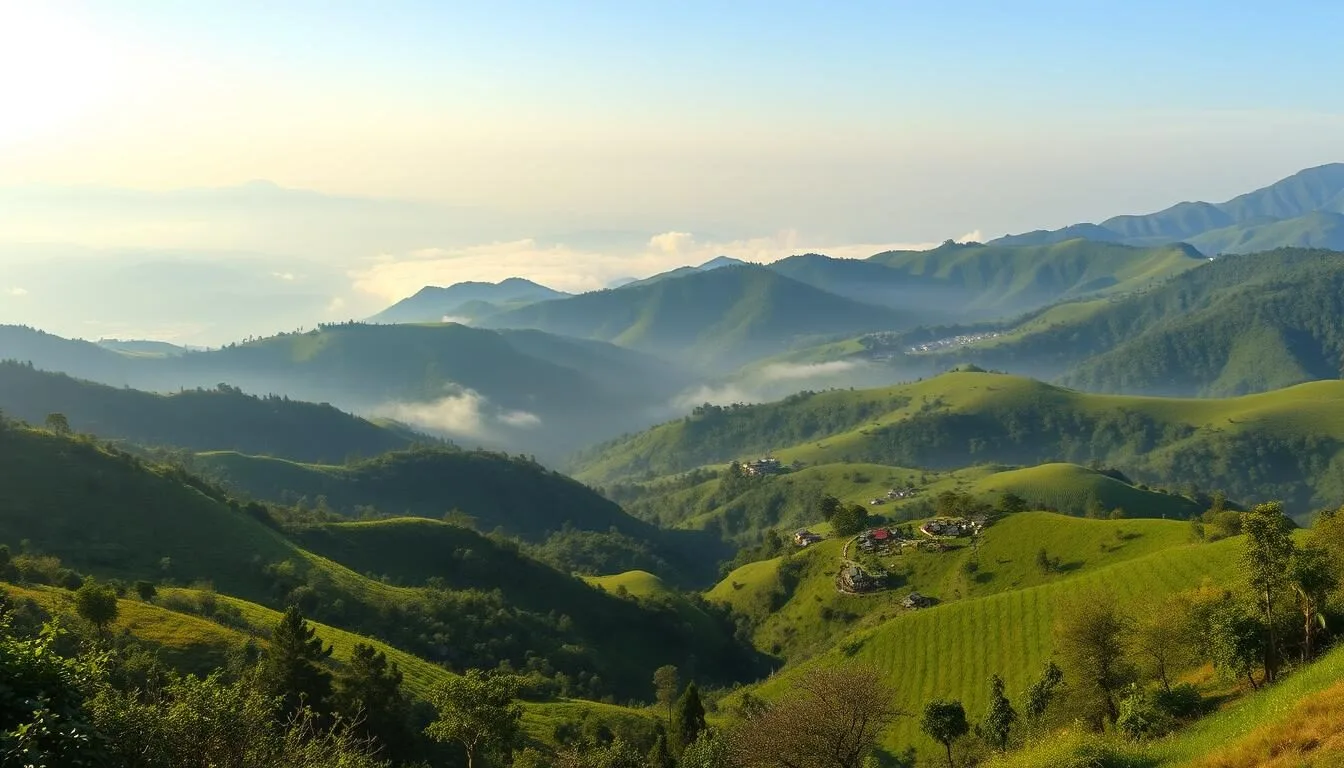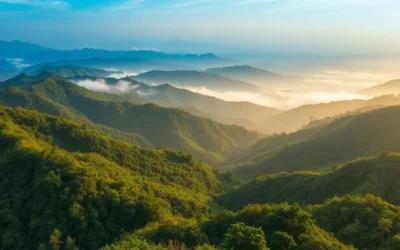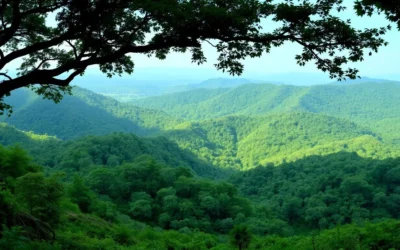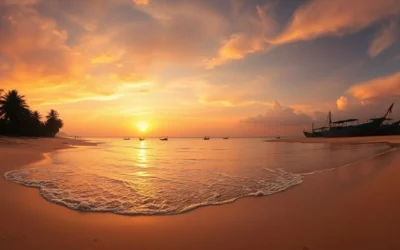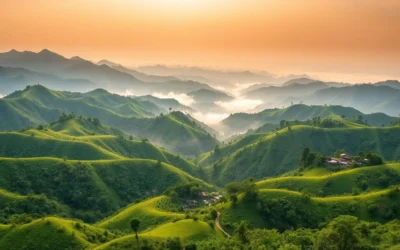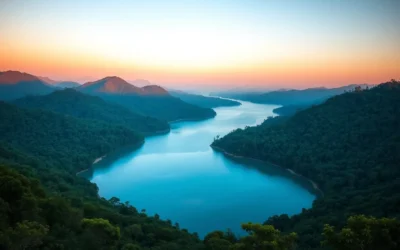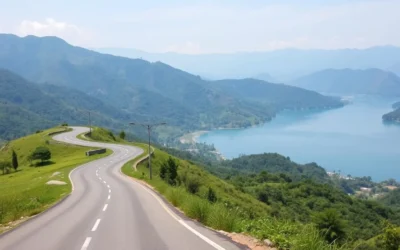✓ Accommodations✓ Flights✓ Rental Cars✓ Tours & Activities
Home to 13 indigenous tribes and covering 95% of Bangladesh’s total forest area, the Chittagong Hill Tracts (CHT) offer a striking contrast to the country’s predominantly flat landscape. This unique region, comprising three districts—Rangamati, Khagrachari, and Bandarban—presents a rare glimpse into tribal cultures that have maintained their distinct traditions for centuries despite significant challenges. For travelers seeking authentic cultural experiences and breathtaking natural beauty off the beaten path, the CHT provides an unforgettable journey into one of South Asia’s most distinctive regions.
Planning Your Journey to Chittagong Hill Tracts
Visiting the Chittagong Hill Tracts requires careful planning due to its unique status within Bangladesh. As a region with special administrative arrangements, foreign visitors must obtain permits before traveling. These permits are typically arranged through tour operators or hotels in the area, who can facilitate the necessary paperwork with local authorities.
Required Permits and Documentation
All foreign nationals need to secure a special permit from the District Commissioner’s office to visit the CHT region. This permit specifies which areas you can visit and for how long. The application process typically takes 7-10 days, so plan accordingly. Your passport, Bangladesh visa, and detailed itinerary are required for the application. Some areas remain restricted, so verify accessibility before finalizing your plans.
Ready to Start Your CHT Adventure?
Book your flights to Bangladesh and begin your journey to this unique cultural landscape.
Getting to Chittagong Hill Tracts
The journey to the Chittagong Hill Tracts typically begins in either Dhaka or Chittagong city. From these urban centers, you have several transportation options to reach the three main districts of the CHT region.
From Dhaka
- Take a domestic flight to Chittagong (45 minutes)
- Overnight bus services to Rangamati, Khagrachari, or Bandarban (8-10 hours)
- Train to Chittagong followed by local transport (10-12 hours total)
From Chittagong
- Direct buses to all three hill districts (3-5 hours)
- Shared jeeps and microbuses (more flexible schedule)
- Private car hire for more comfort and convenience
For the most comfortable experience, consider hiring a local guide with a vehicle who understands the region’s terrain and can navigate the sometimes challenging roads. During monsoon season (June-September), road conditions can deteriorate, making travel times longer and less predictable.
Best Time to Visit Chittagong Hill Tracts
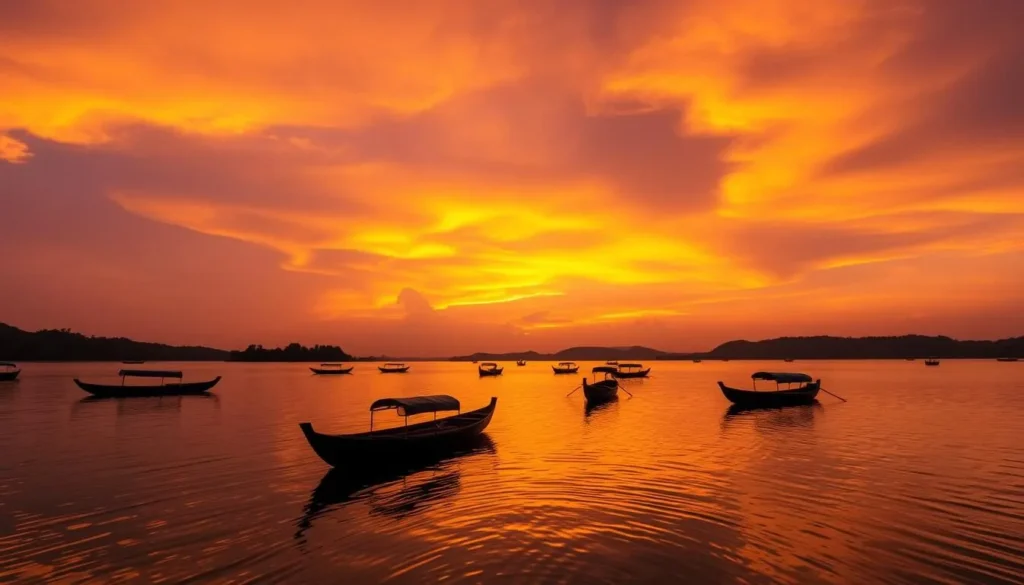
The climate in the Chittagong Hill Tracts varies significantly from the rest of Bangladesh, with cooler temperatures and distinct seasonal changes that affect travel conditions and experiences.
| Season | Months | Weather | Travel Conditions | Highlights |
| Winter | November-February | Cool and dry (15-25°C) | Excellent, clear roads | Best visibility for landscapes, tribal festivals |
| Spring | March-April | Warm (20-30°C) | Very good | Jhum cultivation begins, colorful hillsides |
| Summer/Monsoon | May-September | Hot and rainy (25-35°C) | Challenging, landslides possible | Lush green landscapes, waterfalls at peak flow |
| Autumn | October | Moderate (20-28°C) | Improving | Harvest festivals, clearer skies |
The winter months (November to February) are widely considered the ideal time to visit the Chittagong Hill Tracts. During this period, the weather is pleasantly cool, skies are clear, and road conditions are at their best. Many tribal festivals also take place during these months, offering unique cultural experiences for visitors.
Local Tip: If you’re interested in witnessing the traditional Jhum cultivation (slash and burn agriculture), plan your visit during March-April when the hills are prepared for planting, creating a fascinating patchwork of cleared areas across the landscape.
Where to Stay in Chittagong Hill Tracts
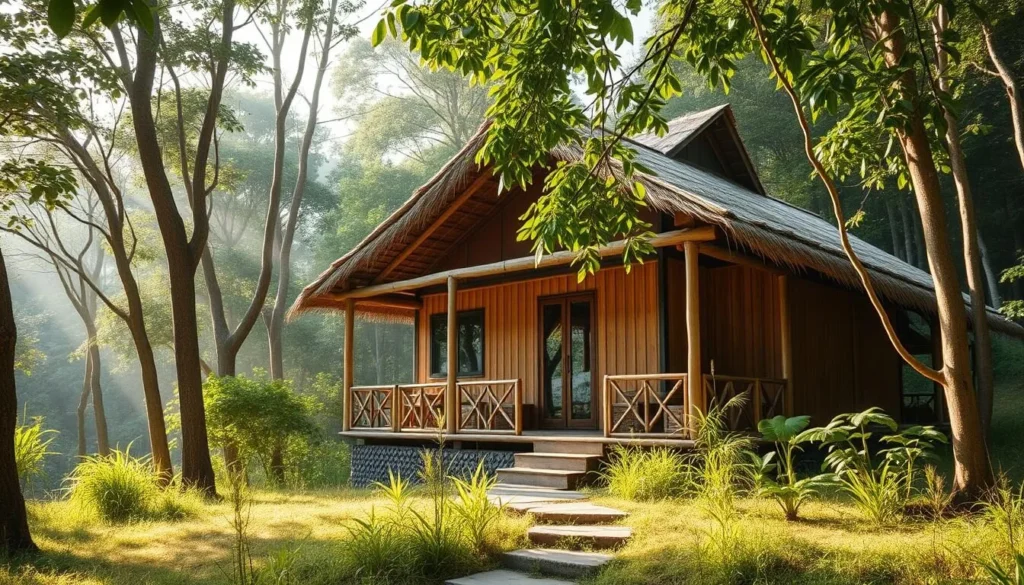
Accommodation options in the Chittagong Hill Tracts range from basic government rest houses to more comfortable private hotels and eco-resorts. Each district offers different experiences, with Bandarban generally providing the most developed tourist facilities.
Rangamati
- Parjatan Motel (government-run)
- Hotel Green Castle
- Hanging Bridge Resort
- Homestays in tribal villages (basic)
Khagrachari
- Khagrachari Parjatan Motel
- Hill Side Resort
- Tribal homestays near Alutila Cave
- Community-based accommodations
Bandarban
- Hotel Hillside Resort
- Sairu Hill Resort
- Bono Nibash Eco Cottage
- Nilachol Nilambori Resort
Most accommodations require advance booking, especially during peak tourist season (November-February). Higher-end resorts offer amenities like hot water and reliable electricity, while homestays provide authentic cultural experiences but with more basic facilities. When staying in tribal villages, bring your own toiletries and be prepared for simpler living conditions.
Find Your Perfect Stay in the Hills
Browse a wide selection of accommodations from comfortable hotels to authentic homestays.
Top Attractions in Chittagong Hill Tracts

Rangamati District Highlights
Kaptai Lake
This vast artificial lake, created by damming the Karnaphuli River, offers stunning blue waters surrounded by green hills. Take a boat tour to explore its many islands, including Shuvolong Falls where cascading water meets the lake. The area is perfect for photography and peaceful relaxation.
Rajban Bihar
This Buddhist monastery houses ancient artifacts and provides insight into the spiritual practices of the region’s Buddhist communities. The colorful architecture and peaceful atmosphere make it a worthwhile cultural stop. Visitors should dress modestly and remove shoes before entering.
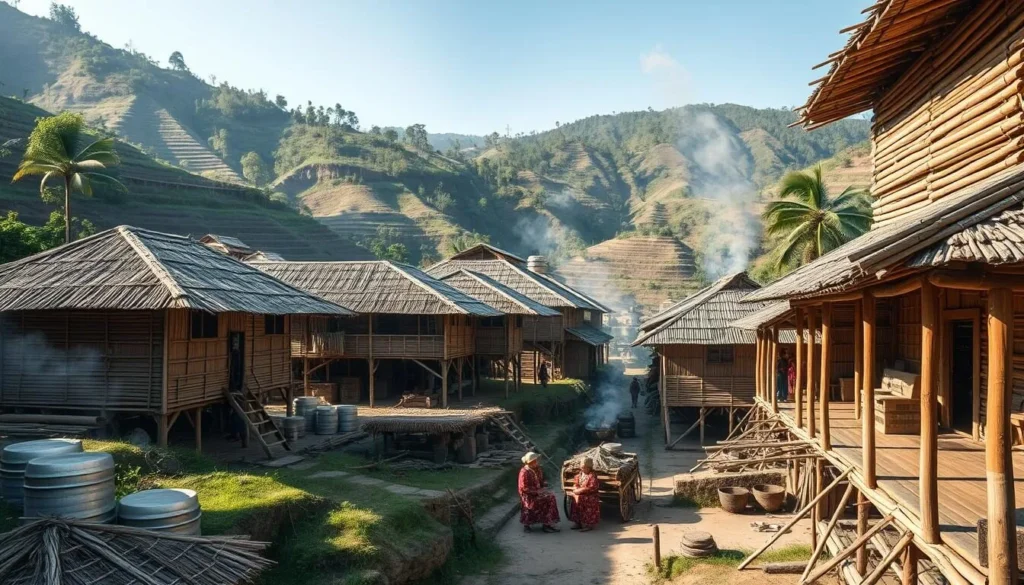
Bandarban District Highlights
Sajek Valley
Often called the “Queen of Hills,” Sajek Valley offers breathtaking views from an elevation of 1,800 feet. The cloud-covered mountains, sunrise views, and tribal villages make it one of the most popular destinations in the CHT. Overnight stays are recommended to experience both sunset and sunrise.
Nilgiri
At 2,400 feet above sea level, Nilgiri provides spectacular panoramic views of the surrounding mountains and valleys. The area has become more developed with resorts and viewing platforms. Early morning visits offer the chance to see the hills emerge from the morning mist.
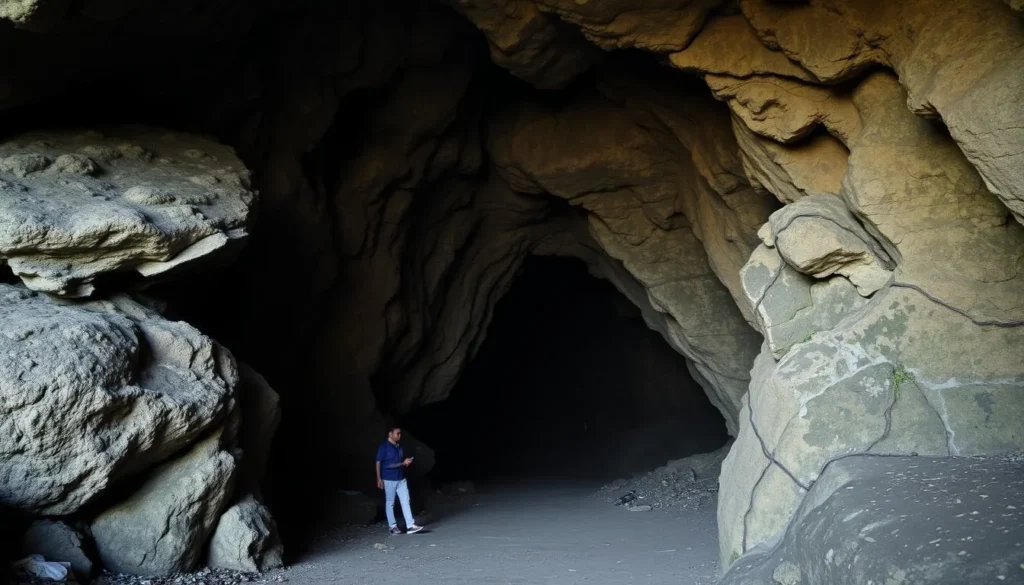
Khagrachari District Highlights
Alutila Cave
This mysterious limestone cave extends deep underground and requires flashlights to explore. The surrounding area features a hanging bridge and beautiful hills. Local guides are essential for safely navigating the cave system and explaining its geological significance.
Richhang Waterfall
This multi-tiered waterfall cascades through lush forest, creating a refreshing natural swimming area. The moderate hike to reach it adds to the adventure. Visit during or shortly after the monsoon season for the most impressive water flow.
Experience the Best of CHT
Book guided tours to these spectacular attractions with knowledgeable local guides.
Explore Tours & Activities
Cultural Experiences in Chittagong Hill Tracts
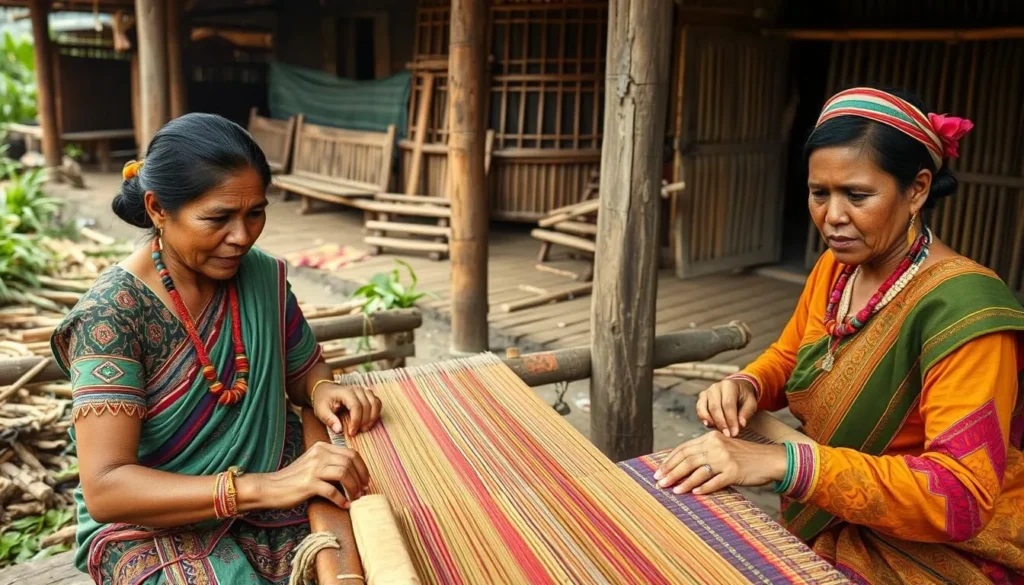
The Chittagong Hill Tracts is home to 13 different indigenous tribes, each with their own language, customs, and cultural practices. Respectful cultural engagement offers some of the most meaningful experiences in the region.
Tribal Communities to Visit
- Chakma – The largest tribal group, known for their Buddhist practices and distinctive textiles
- Marma – Known for their colorful festivals and traditional bamboo crafts
- Tripura – Recognized for their unique jhum cultivation methods and handloom products
- Mru – One of the most traditional tribes with distinctive housing styles and animist beliefs
- Bawm – Known for their hunting traditions and distinctive music
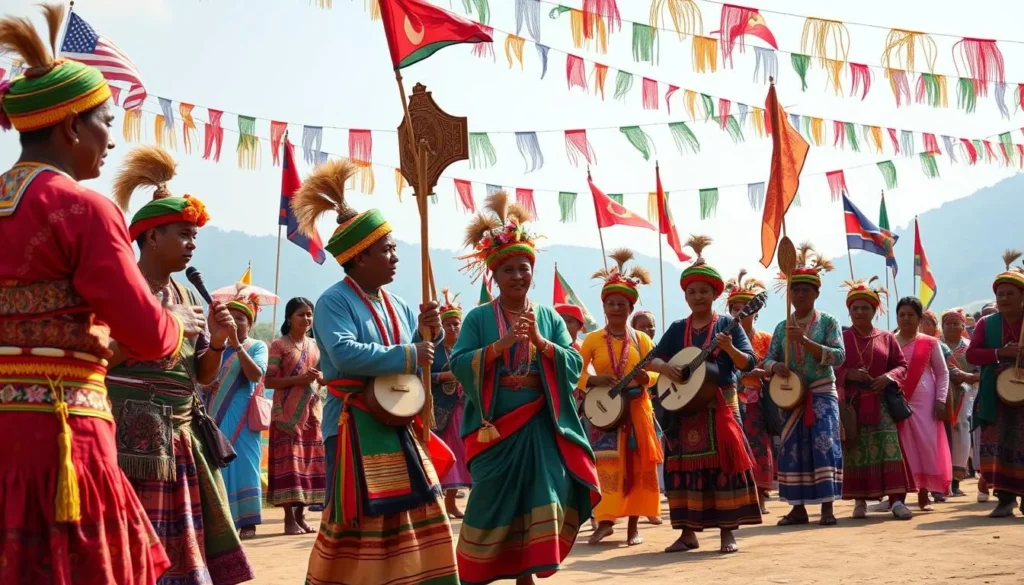
Cultural Etiquette
When visiting tribal communities, respect for local customs is essential. Always ask permission before taking photographs of people or religious sites. Dress modestly, covering shoulders and knees. Remove shoes when entering homes or religious buildings. Small gifts of tea or fruit are appreciated when visiting homes, but avoid giving money directly to children.
“The true beauty of the Chittagong Hill Tracts lies not just in its landscapes but in the rich cultural tapestry woven by its indigenous communities who have maintained their unique ways of life despite centuries of challenges.”
Traditional Markets
Weekly tribal markets (known as “haat”) offer excellent opportunities to experience local culture and purchase authentic handicrafts. Notable markets include Tabalchari Bazar in Rangamati (Tuesdays), Manikchari Bazar in Khagrachari (Thursdays), and Bandarban Town Market (daily, but busiest on weekends). These markets showcase traditional textiles, bamboo crafts, and local agricultural products.
Activities and Adventures
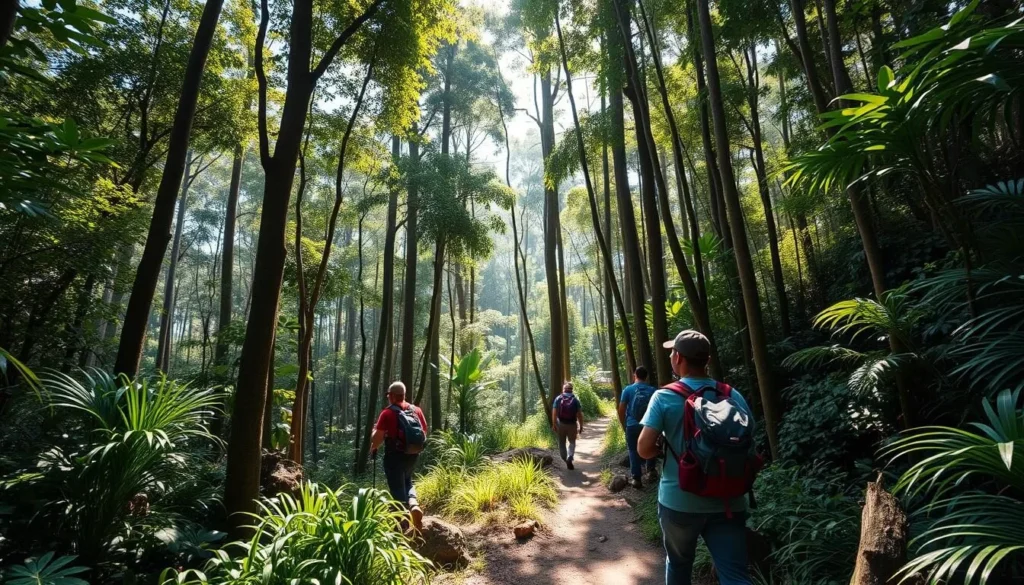
The diverse landscapes of the Chittagong Hill Tracts offer numerous opportunities for outdoor adventures and nature experiences. From gentle boat rides to challenging multi-day treks, there’s something for every level of adventurer.
Trekking and Hiking
The hills and forests of the CHT provide excellent trekking opportunities. Popular routes include:
- Bandarban to Thanchi – A challenging 2-3 day trek through remote villages and forests
- Ruma to Boga Lake – A moderate trek to Bangladesh’s highest natural lake
- Sajek Valley trails – Day hikes with spectacular views of the surrounding mountains
Always hire a local guide for trekking, as trails are often unmarked and pass through areas where communication with local communities is essential. Guides typically charge 1000-1500 BDT per day.
Boat Tours
Kaptai Lake offers serene boat journeys through its vast waterways. Hire a boat from Rangamati town to visit:
- Shuvolong Falls and its surrounding market
- Tribal villages accessible only by water
- Hanging Bridge area with its panoramic views
Boat rentals range from small vessels for 2-4 people (around 2000 BDT for half-day) to larger boats for groups. Negotiating the price beforehand is customary.
Ready for Adventure?
Book guided treks, boat tours, and cultural experiences with expert local guides.
Find Adventures
Practical Travel Tips
Communication
Mobile network coverage is available in district towns and some tourist areas but can be unreliable in remote locations. Major operators like Grameenphone offer the best coverage in the region. Consider purchasing a local SIM card in Chittagong or Dhaka before heading to the hills. Internet access is limited to major towns and some resorts.
Money Matters
ATMs are available in district headquarters (Rangamati, Khagrachari, and Bandarban towns) but are scarce elsewhere. Bring sufficient cash for your entire trip, especially when visiting remote areas. Credit cards are accepted only at higher-end accommodations. The Bangladesh Taka (BDT) is the local currency, and small denominations are useful for local markets and transportation.
Health and Safety
Bring basic medications, insect repellent, and sunscreen as pharmacies are limited outside major towns. Bottled water is essential, as tap water is not potable. The region is generally safe for tourists, but always travel with local guides who understand current conditions. Inform your accommodation of trekking plans and expected return times.
Responsible Tourism
The CHT region has experienced complex social and political challenges. As a visitor, be mindful of local sensitivities and avoid discussing politics. Support community-based tourism initiatives that benefit local people directly. Minimize environmental impact by avoiding single-use plastics and respecting natural areas.
Important: Foreign visitors must register with local authorities upon arrival in each district. Your hotel or guide can assist with this process, which requires your passport and permit information. This registration is mandatory and helps ensure your safety during your visit.
Getting Around Chittagong Hill Tracts
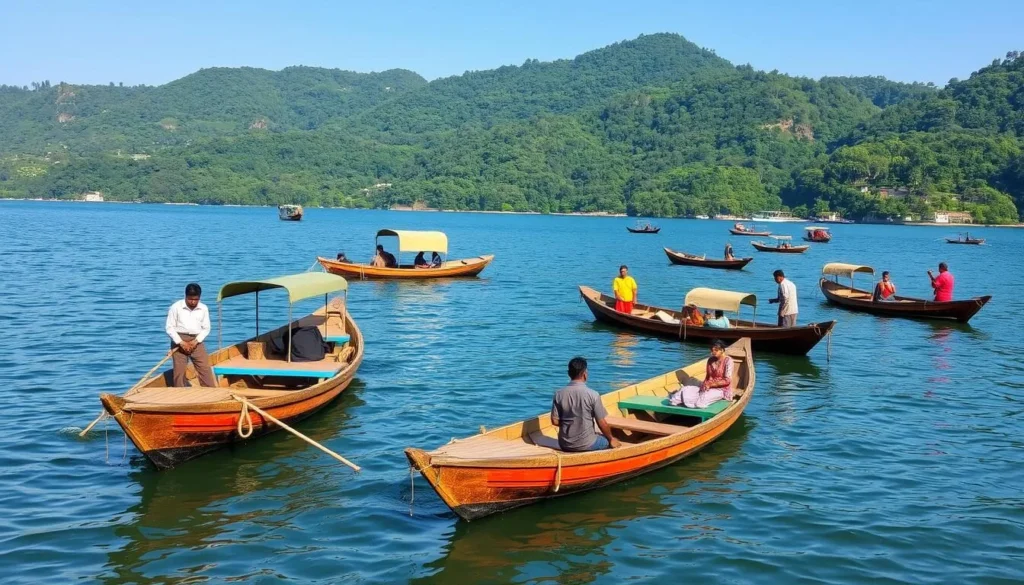
Navigating between and within the three districts of the Chittagong Hill Tracts requires a combination of transportation methods, from public buses to private jeeps and boats.
Inter-District Travel
- Buses – Regular bus services connect the three district towns, with journey times of 2-4 hours depending on road conditions
- Shared Jeeps – More comfortable than buses for the winding mountain roads, these depart when full from central locations in each town
- Private Hire – For flexibility, hire a car with driver for approximately 3000-4000 BDT per day
Local Transportation
- CNGs/Auto-rickshaws – Available within towns and for shorter distances
- Boats – Essential for exploring Kaptai Lake and reaching waterside villages
- Motorcycles – Can be hired with drivers in some areas for accessing remote locations
Need Transportation Freedom?
Rent a vehicle with a local driver who knows the terrain and can navigate the challenging roads of CHT.
Food and Dining
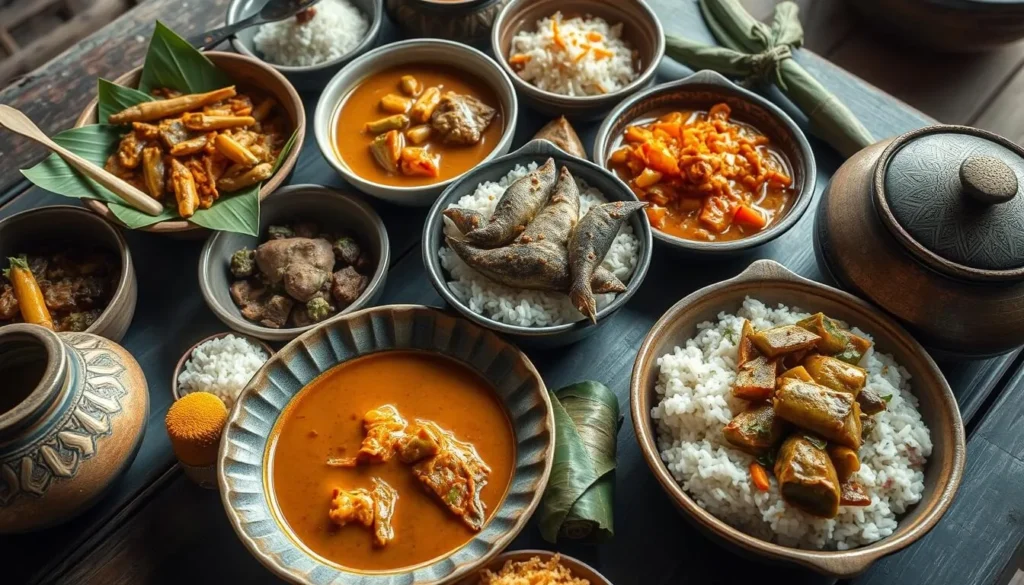
The cuisine of the Chittagong Hill Tracts reflects the region’s unique cultural heritage, with dishes that differ significantly from mainstream Bengali food. Tribal cuisine emphasizes foraged ingredients, bamboo shoots, and distinctive preparation methods.
Must-Try Local Dishes
- Bamboo Shoot Curry – A staple in tribal cuisine, with a distinctive flavor and texture
- Shidal – Fermented fish preparation unique to the region
- Nappi – A pungent fermented fish paste used as a condiment
- Basak Leaf Fry – Local medicinal plant prepared as a vegetable
- Sticky Rice – Often wrapped in banana leaves and steamed
Where to Eat
Most restaurants in the CHT are found in district towns and tourist areas. For authentic tribal cuisine, consider these options:
- Tribal homestays – Often offer the most authentic home-cooked meals
- Parjatan restaurants – Government-run facilities that serve some local specialties
- Local markets – Feature food stalls with simple but authentic dishes
- Hill Side Restaurant in Bandarban – Known for incorporating tribal flavors
Foodie Tip: When staying with tribal families, ask if you can participate in cooking sessions to learn about traditional ingredients and techniques. Many families are happy to share their culinary knowledge with interested visitors.
Embrace the Unique Beauty of Chittagong Hill Tracts
The Chittagong Hill Tracts offers a travel experience unlike any other in Bangladesh or even South Asia. From the misty mountain vistas of Sajek Valley to the serene waters of Kaptai Lake, from ancient Buddhist temples to vibrant tribal markets, this region rewards those willing to venture beyond the usual tourist paths. While traveling here requires more planning and cultural sensitivity than many destinations, the authentic experiences and breathtaking landscapes make every effort worthwhile. As you navigate the winding roads and meet the resilient tribal communities who call these hills home, you’ll discover a Bangladesh few travelers ever see—a land of extraordinary natural beauty and rich cultural heritage waiting to be explored.
Begin Your CHT Adventure Today
Ready to experience the hills, lakes, and tribal cultures of this unique region? Start planning your journey now.
—
The above is subject to change.
Check back often to TRAVEL.COM for the latest travel tips and deals.
